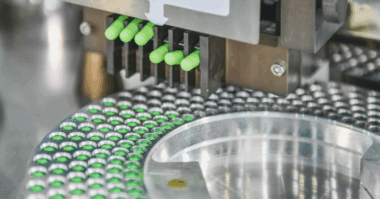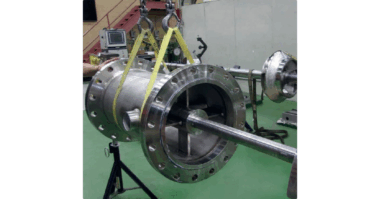Introduction:
Black liquor, a byproduct of the pulp-making process, presents unique sealing challenges in pulp and paper mills. Effectively sealing black liquor systems is not just a matter of operational efficiency but a crucial aspect of plant safety. This paper delves into three optimal sealing methods for black liquor systems in pulp and paper mills and preventative maintenance strategies to detect and address potential seal leaks, providing valuable insights for your work in the industry.
- Braided Packing and Dilution Rates: Braided Packing is a traditional sealing solution for black liquor systems, offering reliability and ease of maintenance. One of the misconceptions about sealing black liquor is the product’s dilution with packing. So, how do you determine the amount of dilution with some accuracy? Traditionally, the industry has used hydraulic charts to determine this dilution rate. This method never considered that the packing is a double sealing device with a sealing surface on each side of the lantern ring. What is the actual product dilution rate? First, the user must understand there are two different pressure differentials on each side of the lantern ring. The external differential is the largest, and the internal on the process side is the lowest, usually about 15 PSIG. As a more realistic practical calculation, the user can look at the external leakage and use one-half of that leakage rate to estimate the dilution rate. The other consideration that has to be determined by the user is how effective their preventative maintenance procedures are in monitoring mechanical seal leakage. Most users never consider nor monitor inboard seal condition which will result in significant liquor dilution much more than the packing ever allows.
- Mechanical Seals and Dilution Rates: Mechanical seals offer advanced sealing capabilities and are increasingly used in modern pulp and paper mills to seal black liquor systems. However, mechanical seals may also experience, as previously mentioned, a catastrophic undetectable inboard seal failure leading to dilution of black liquor and potential process inefficiencies. Preventative maintenance for mechanical seals involves routine inspection of seal components, monitoring seal performance, and conducting leak tests to detect and address seal leaks promptly. Additionally, regular lubrication and alignment checks are essential for ensuring optimal mechanical seal operation and minimizing dilution rates.
- Sealing Pots with Convection Tanks: Another effective method for sealing black liquor systems involves using sealing pots equipped with convection tanks. These systems utilize a fluid reservoir to maintain optimal sealing temperatures and prevent seal damage from heat and friction. In order for these systems to function properly, they are best used with internal cooling systems in the tanks. So, while reducing the opportunity for dilution over an extended time frame, these systems still require external water for cooling, negating any water savings opportunity. While sealing pots with convection tanks offer improved heat dissipation and extended seal life, they require regular maintenance to ensure proper cooling water circulation and prevent potential leaks. Preventative maintenance tasks include inspecting cooling water lines, cleaning convection tank filters, and monitoring water flow rates to prevent overheating.
Conclusion:
Sealing black liquor systems in pulp and paper mills requires careful consideration of sealing methods, preventative maintenance practices, and process efficiency goals. By implementing optimal sealing solutions such as packing seals, sealing pots with convection tanks, or mechanical seals, mills can effectively contain black liquor, minimize dilution rates, and prevent leaks. Additionally, proactive preventative maintenance measures are essential for verifying seal integrity, detecting potential leaks, and ensuring continuous process reliability in pulp and paper manufacturing operations.
About the Author
Chuck Tanner is director of market development for Sealing Equipment Products Co., Inc. (SEPCO). He has more than 30 years of experience in the pulp and paper industry. Tanner can be reached at chuckt@sepco.com.




